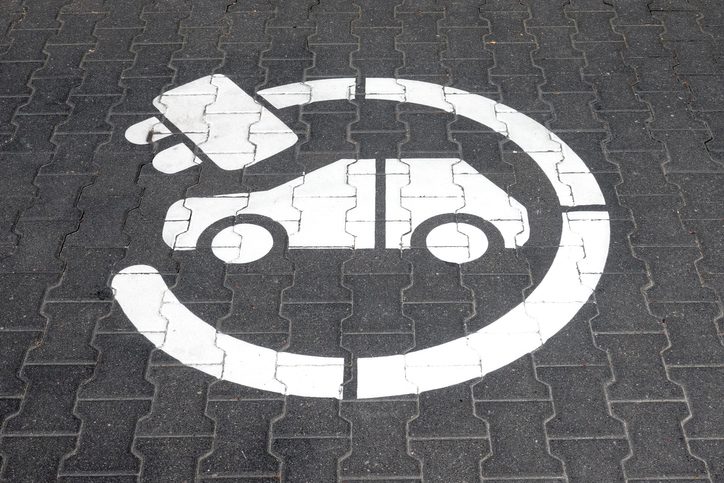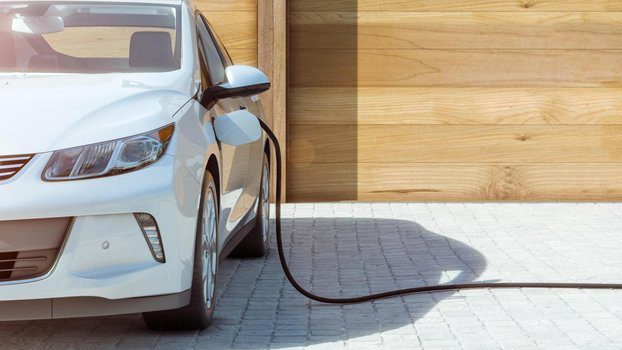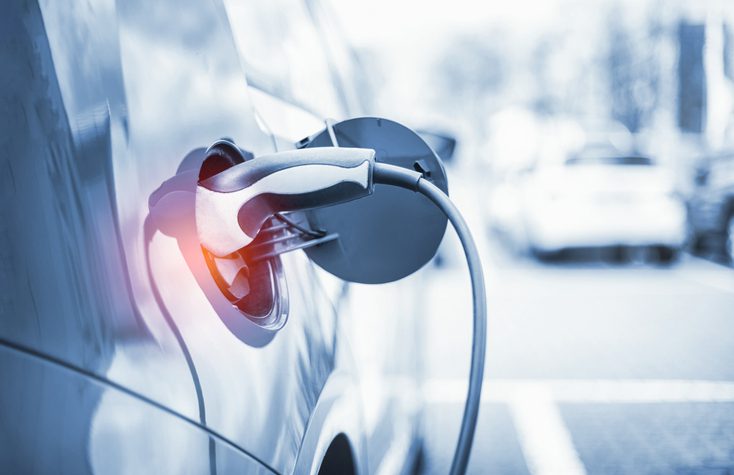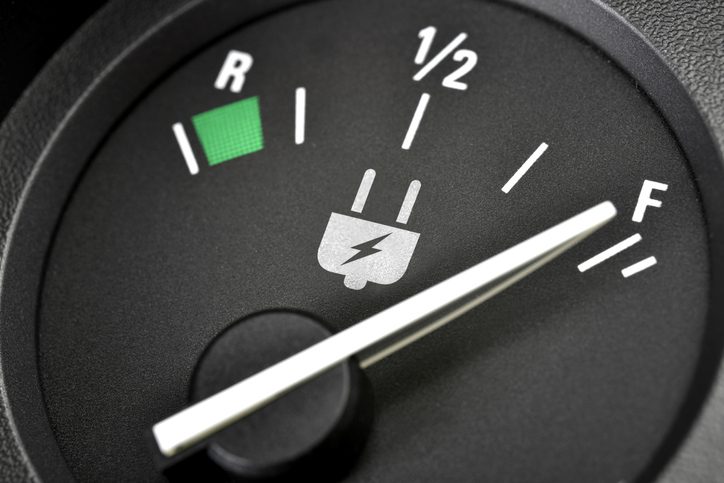
Progress in the autonomy of electric vehicles
Content
Notable progress from 2010 to 2020
Since the advent of electric vehicles on the market, battery life has always attracted attention and controversy. How have manufacturers dealt with this problem and what progress has been made over the past decade?
Electric vehicle autonomy: a mass market brake?
In 2019, 63% of respondents to the Argus Energy barometer considered range as the most important obstacle to the move to electric vehicles. Motorists are really reluctant to think about having to recharge their car multiple times in order to travel long distances. Could the development of a publicly available charging infrastructure alleviate this concern? The fast terminals, which are increasingly present at motorway recreation sites, restore their full capacity for most models in less than 45 minutes. Fans of the heat engine will not fail to remember that this duration remains much longer than that of full gasoline.

Even if accelerating the deployment of charging stations could reassure some motorists, expectations are still focused on autonomy itself.

Need help getting started?
Increasing average autonomy
According to the Global Electric Vehicles Outlook 2021 report prepared by the International Energy Agency, the autonomy of electric vehicles has continued to improve since their introduction to the market. Thus, we have moved from the declared average autonomy of 211 kilometers in 2015 to 338 kilometers in 2020. Here are the details for the past six years:
- 2015: 211 km
- 2016: 233 kilometers
- 2017: 267 kilometers
- 2018: 304 kilometers
- 2019: 336 kilometers
- 2020: 338 kilometers
If the observed progress over the first five years is encouraging, one might be surprised at the stagnation between 2019 and 2020. In fact, this more modest growth is driven by the entry of even more compact models into the market. Designed for urban use, they have smaller batteries and are therefore less durable.
The autonomy of flagship brands in the process
Thus, motorists seeking greater autonomy can rest assured that manufacturers continue to improve vehicles that can travel long distances, such as sedans or SUVs. To understand this, simply analyze the battery capacity of a particular vehicle by looking at the evolution of model by model. The Tesla Model S, on sale since 2012, has seen its autonomy increase continuously:
- 2012: 426 kilometers
- 2015: 424 kilometers
- 2016: 507 kilometers
- 2018: 539 kilometers
- 2020: 647 kilometers
- 2021: 663 kilometers
This regular increase has been obtained through various methods. In particular, Palo Alto has created larger and larger batteries while improving the Model S's control software. It is constantly being updated to make the vehicle more efficient and optimize battery capacity.
Ambitious short-term goals
To further improve the autonomy of electric vehicles, several avenues are being explored today. Researchers are trying to make batteries even more efficient when manufacturers seek to "think electric" from the design of vehicle chassis.
New Stellantis platforms for electromotorization
The Stellantis Group, a major player in the automotive market, wants to develop its range of electric vehicles. From 2023, 14 of the group's brands (including Citroën, Opel, Fiat, Dodge and Jeep) will offer vehicles built on chassis designed as purely electric platforms. This is a real evolution at a time when most EVs use the chassis of equivalent thermal models.
In particular, Stellantis is committed to responding to breakdown alarms that remain important to electric vehicle drivers. Therefore, the developers have introduced four platforms dedicated to this particular engine:
- Small: It will be reserved for city and multi-purpose vehicles such as the Peugeot e-208 or Fiat 500. This platform promises a range of 500 kilometers.
- Medium: This platform will be fitted to longer sedan vehicles. The corresponding batteries will provide a range of 700 to 800 kilometers.
- Large: This platform will be designed for SUVs with a declared range of 500 kilometers.
- Frame: The fourth platform will be fully reserved for commercial vehicles.
The purpose of this standardization is to partially offset the costs of electrification. In addition to extending the range, Stellantis also hopes to offer more affordable EV models. This approach is noticeable to motorists: in France, the higher cost of buying electric vehicles is still partially offset by the conversion premium, but it is likely to decrease in the future.
800 kilometers of autonomy in 2025?
Samsung and solid state battery
According to the manufacturers, very soon the autonomy of a charged battery will be equal to that of a full tank! Researchers working with the Samsung brand unveiled a new solid electrolyte battery concept in March 2020. Currently, lithium-ion batteries, which are equipped with most electric vehicles, operate using liquid electrolytes or in gel form; switching to solid electrolyte batteries will mean higher energy density and faster recharging.

With twice the volume of traditional batteries, this Samsung innovation will enable EVs to travel up to 800 kilometers. The lifespan is another argument in favor of this battery as it can be recharged over 1000 times. It remains to pass the production course ... If the Samsung prototype is promising, then so far nothing says that manufacturers will resort to it!
SK Innovation and Super Fast Charging
Another South Korean company striving for 800 km of autonomy is SK Innovation. The group announced that it is working on a new, more autonomous, high-intensity, nickel-based battery while reducing the charging time on the fast terminal to 20 minutes! SK Innovation, already a supplier to the manufacturer Kia, wants to develop further and is building several factories in Georgia. The ultimate goal is to equip Ford and Volkswagen with US-built electric vehicles.
At a distance of 2000 kilometers?
What a few years ago might have passed for science fiction can quickly become tangible reality. A group of German and Dutch scientists working for Fraunhofer and SoLayTec, respectively, have developed a patented process called Spatial Atom Layer Deposition.
(SALD). No changes in chemistry here, as is the case with South Koreans Samsung and SK Innovation. The progress achieved relates to battery technology. The researchers came up with the idea to apply the active material of the electrodes in the form of a layer several nanometers thick. Since the collection of lithium ions occurs only on the surface, there is no need for thicker electrodes.
Therefore, for equal volume or weight, the SALD process optimizes three key elements:
- effective electrode area
- their ability to store electricity
- charging speed
Thus, vehicles equipped with a SALD battery can have a range three times greater than that of the most powerful models currently on the market. Reload speed could be increased five times! Frank Verhage, CEO of SALD, founded to market this innovation, says a range of 1000 kilometers for city cars and up to 2000 kilometers for sedans. The leader is reluctant to set a theoretical autonomy record, but hopes to reassure drivers. Even sporty motorists can still have 20 or 30% power after traveling 1000 kilometers, he said.

Another good news is that the SALD process is compatible with the different chemistry of existing cells:
- NCA (nickel, cobalt, aluminum)
- NMC (nickel, manganese, cobalt)
- solid electrolyte batteries
We can bet this technology goes beyond the prototype stage, while SALD already says it is in discussion with some car manufacturers.
